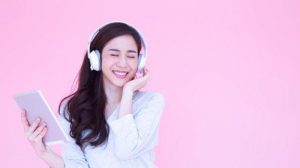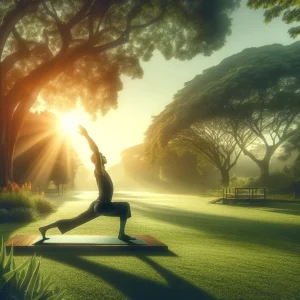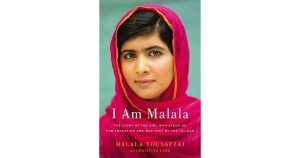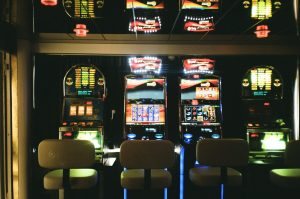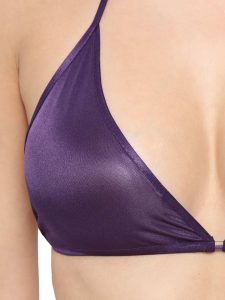How to Create Cinematic Fill Light Tutorial
How to Create Cinematic One Light Setups Explain Everything.
How to Create Cinematic Fill Light Tutorial : Interview lighting can be extremely challenging for a lot of new videographers, documentarians, and filmmakers for many reasons.
Every interview will present its own challenges based on the equipment available, the environment you’re shooting in, and the people who will be on Dslr.
1. Start via putting your key mild

For every interview you produce, you may have at the least one mild source, one interviewee, one interviewer, and one camera. With these 4 elements in mind, here is the most simple rule of thumb for light and camera placement. Constantly location your interviewer between your key light and the digital camera. Here is the rule, damaged down into three simple steps:
Sit at once in the front of your concern, and behavior the interview talking at once with each other.
Set the digicam at eye level height, to the left or the proper of the individual conducting the interview, as near the eyeline as possible. As a manual, try to maintain the digital camera between 6” and a pair of’ to the left or the right of the interviewer. To reap this more without difficulty, you could use a telephoto lens (85mm or longer for complete body Cameras). Shoot over the shoulder of the interviewer from behind, still 6” to two’ from the set up eyeline.
Use as massive and smooth of a light supply as possible, and place it on the opposite side of the interviewer.
In case you observe this rule of thumb because the place to begin of every interview lights setup, you will usually have beautiful, flattering mild for your difficulty. From right here, you could go deeper into the relaxation of this newsletter to craft an picture painted with mild worth of the huge display.
2.Shade temperature for interview lights
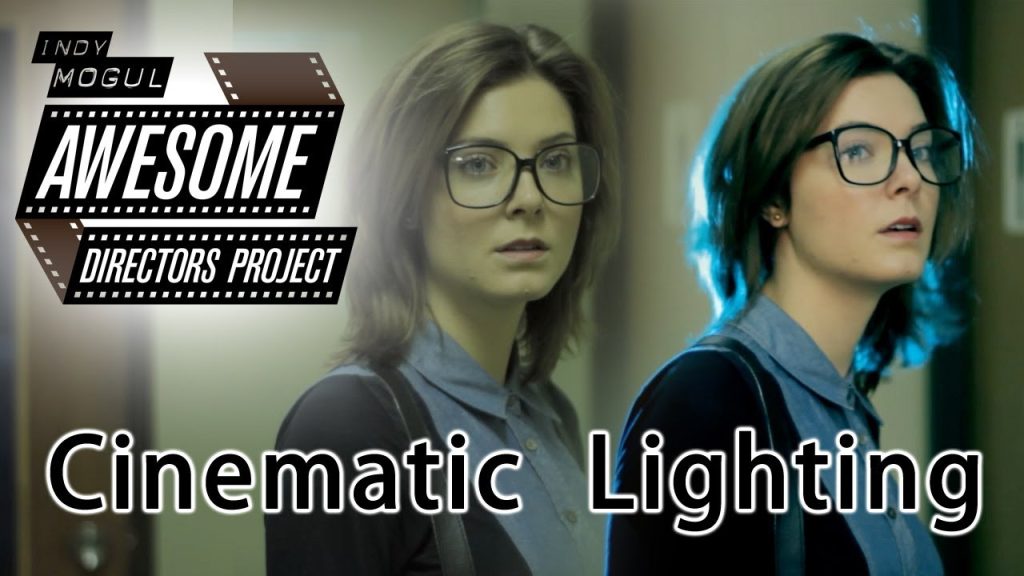
Whilst putting in place your interview lighting, color temperature is a large consideration. It guarantees which you capture correct shade for your challenge. Cold temperature also allows your interview lighting fixtures to complement the ambient lights of your surroundings. You should pay attention to each the coloration temperature of your mild supply,
the colour temperature of the ambient mild, and the white balance for your camera to seize colorations the manner you plan.
Memorize the following coloration temperatures to set up the perfect interview lights:
Daytime shines at 3200 Kelvin, which means that the camera ought to be set to 5600 Kelvin to read shades effectively.
Tungsten mild bulbs shine at 5600 Kelvin, which means that the camera should be set to 3200 Kelvin to examine it nicely.
Follow these two coloration temperatures on every occasion you set up interview lighting fixtures. That way, you can set your lights and camera effectively with out the need to take measurements at each shoot.
3. Color balance interior

While filming interior, it is often satisfactory to in shape your key mild’s coloration temperature to the ambient mild inside the room. After you do, set your camera’s white stability to the corresponding temperature to capture it as it should be.As an instance, if the ambient mild inside the room is coming from warm lamps and overhead lighting fixtures, use a key light this is also tungsten balanced (particularly warm) and set your camera’s white balance to 3200 Kelvin.
4. Contrasting color temperature

In some indoor interview lights situations, there might be fluorescent bulbs developing the ambient mild. Fluorescent bulbs fall somewhere inside the center analyzing at roughly 4000-4500 Kelvin. And cast a piece of a inexperienced tint. This combination of analyzing level and tint makes them very tough to work with when putting in place interview lights.
While handling these bizarre-colored lighting fixtures, it’s far high-quality to turn them off, then rekindle the scene along with your own assets.
As well as you can’t flip the lights off for one reason or some other, you can use it in your benefit to create more coloration comparison by means of blending colour temperatures.
To achieve aesthetically appealing shade contrast, always hold your situation’s light warmer than the ambient light, and set your white stability to as it should be study your key light.
If you have greater time to test, intentionally blend shade temperatures for deeper colour evaluation for your photograph. Placing your key light to be tungsten-balanced, however using a cooler daytime-balanced source for your environment is a excellent start. From there, and you could experiment with what appears good to you.
5. Color balance Exterior

Whilst filming exterior, the solar will constantly be the ambient mild you have to work with. The solar is certainly very cool in temperature at 3200 Kelvin, and your digital camera’s white stability have to be set to 5600 Kelvin for correct shade.
If the sun isn’t always your key light, your key light should be set to a groovy temperature of 3200 Kelvin to match the sun.
One extra attention whilst filming exterior is what to do when filming within the color. Coloration is naturally even cooler temperature than sunlight, and a number of the best light you’ll stumble upon. If it’s miles an overcast day, the ambient light can read 2000 Kelvin or maybe cooler.
In case you are capturing in the coloration without including your personal synthetic mild supply, you may want to set your camera’s white balance to 7000 Kelvin as a place to begin. You can additionally use a grey card for a greater correct white stability putting, specifically in extreme cases like this.
Let’s say you’re including a key light on an overcast day or at the same time as operating in a shaded surroundings. In those cases, it’s miles fine to use a daylight hours-balanced mild source (3200 Kelvin). Then, set your digicam’s white balance to 5600 Kelvin to read your situation’s shade nicely. The ambient mild will certainly appear cooler, but you will note how naturally attractive it’s far to look colour as cooler than your key mild.
Disclaimer: All Images that are Used in this post from Instagram & Google Image and Credit Goes to their Respective Owner. Contact Us on this Email news.thalabhula@gmail.com for Credit or Remove these Images.
Disclaimer: All Images that are Used in this post from Instagram & Google Image and Credit Goes to their Respective Owner. Contact Us on this Email contact@thalabhula.com for Credit or Remove these Images.
- Cinematic Fill Light
- cinematic lighting techniques
- fill light and key light
- fill light example
- fill light photography examples
- fill light position
- fill light purpose
- fill lighting
- film lighting techniques pdf
- movie shoot
- what is fill light




